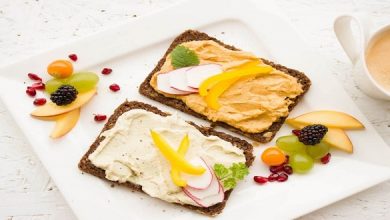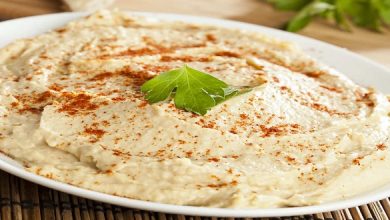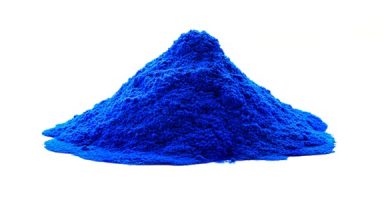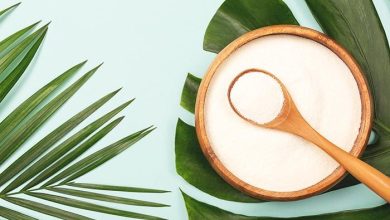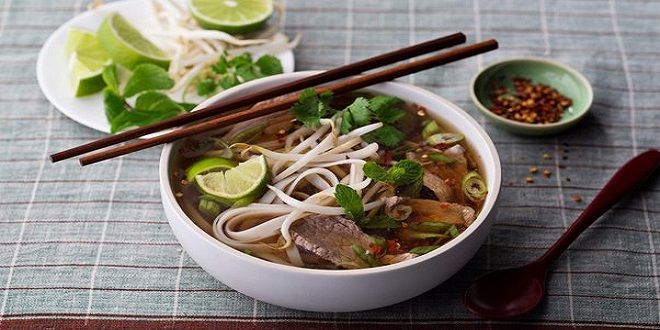
Sometimes, nothing does the trick like an enticing bowl of noodles. And Ramen isn’t anymore the only trending option. Nowadays everybody seems to be drinking Pho (pronounced “fuh”) instead. The amount of nutrients the recently-bubbly food is (and the amount of calories it has) isn’t entirely clear.
“Pho originated hundreds of years ago in Vietnam and started as a humble street food,” says nutritionist Tessa Nguyen, RD, the founder of Taste Nutrition Consulting. “It’s traditionally an aromatic beef broth-based soup served with rice noodles, pieces of beef, and lots of fresh herbs.” It’s basically soup that is comfort in a bowl.
The best pho begins with good broth. Nguyen typically prepares her broth by simmering the bones of roasted beef with daikon, onions that have been charred ginger, daikon and aromatic spices such as cinnamon, star anise coriander seeds and cloves for at minimum 24 hours.
‘Why Don’t We’ Does A RIDICULOUS Acting Challenge | That’s So Emo Captions
Play in full-screen
WATCH: Why Don’t We | That’s So Emo | Cosmopolitan
After the soup is finished, it is then poured over thinly-sliced chunks of beef that are raw and cooked rice noodles. You can then add your own garnishes, such as chopped white and green onions, jalapeno, cilantro pieces, beans sprouts and lime. Additions like fish sauce, soy sauce hoisin sauce and Sriracha complete the dish.
What’s not to love? If you’re wondering how healthy the pho really is (and the amount of calories a typical bowl of savory has) There are some things you need to be aware of.
What is the amount of calories in Pho?
The quick answer is Is that it is dependent on.
“Pho has been enjoyed by Vietnamese families for centuries,” says Nguyen. “Every family has their own unique recipe, and the way they serve it differs as well. It was never intended to be an ideal diet food or to be a part of a calorie-count.”
This content comes from poll. It is possible to locate the same content in a different format, or find additional details on their website.
Since pho’s calories depend upon the amount of pho that you are eating as well as the quantity of noodles you’re adding, and the kind of protein you’re using (like the fattier cuts of beef, versus shrimp) she adds. Additionally, whether you’re cooking the pho yourself at home or ordering it at in a restaurant, or having packaged versions can affect the amount of calories you’ll be able to gulp down.
Here’s the ingredients you’ll find in just one cup of your typical homemade beef pho recipe, as per USDA Nutrient Database: USDA Nutrient Database:
- Calories: 215
- Fat: 5.47 g
- Carbs: 25.2 g
- Fiber: 1.22 g
- Protein: 15 g
- Sugar: 1.93 g
- Sodium: 1200 mg
In one serving of packaged vegetable pho made from Snapdragon:
- Calories: 210
- Fat: 1.5 g
- Carbs: 45 g
- Fiber: 2 g
- Protein: 4 g
- Sugar: 2 g
- Sodium: 1240 mg
It’s likely that you’ll find much more than one cup of soup into the typical restaurant meal but it’s not the only one. It is important to note that a lot of recipes are very high in sodium and may contain sugar added.
So Is pho healthy?
In the theory of things, “pho is a great dish because it features all the components you need: healthy carbohydrates, protein, and fat,” says Nguyen. (That combination of protein source, vegetables and broth is essential.)
Along with protein, the meat in traditional pho is also a source of B Vitamins, Zinc, as well as iron Nguyen, says. The vegetables and herbs you put in your bowl, you’ll score some fiber, and other vitamins as well.
ADVERTISEMENT – CONTINUE READING BELOW
Even the rice noodles are loaded with nutritional value, like B vitamins, folic acid magnesium, potassium, and selenium, says Nguyen.
Additionally, the drink is deliciously satisfying. “Robust taste, temperature, and texture contribute to a full range of sensory appeal,” Bazilian states. In essence, a portion of food contains everything you need to be satiated and content.
Do you think there are any negative effects of pho?
The main issue for pho, specifically packaged pho in restaurants or at home, is the sodium. In reality. portions from restaurants can provide almost the entire day’s suggested sodium consumption, as per Bazilian.
But that doesn’t mean that the soup with noodles isn’t allowed. Consider the sodium content of pho in relation to your general diet. “For people who are sensitive to salt or have been told to reduce their sodium intake to help manage a health condition, pay attention to sodium in pho the same way you would in any restaurant meal,” Bazilian says.
Another thing to look for is portions, which are usually large. “Portions of pho are often quite large–enough for another meal or at least part of another meal,” Bazilian says. Bazilian.
What is the difference between pho to Ramen?
Although both ramen and pho are well-known soups made of noodles however, there are a few key distinctions between these two comfort food items.
“Pho has a full-flavored, clear broth traditionally made from spices, beef bones, and aromatics,” says Nguyen. Ramen however is made traditionally with pork stock. “It’s typically richer and infused with meat, dried fish, and seaweed,” she says.
Ramen and pho have become more popular and readily available the chicken and vegetarian broth varieties are becoming more popular.
Another major difference is the noodles. Pho is made of rice noodles and ramen makes use of wheat noodles that can be slightly thicker and more heavy as per Bazilian.
Similar to Pho, the nutritional profile of ramen varies based on the type of noodles you’re eating, whether instant or dining out in an eatery, or enjoying the real home-cooked dish.
For info, here’s the nutrition information for a Cup of beef instant ramen noodles in accordance with USDA Nutrient Database: USDA Nutrient Database:
- Calories: 290
- Fat: 12 g
- Carbs: 38 g
- Fiber: 1.98 g
- Protein: 7 g
- Sugar: 2 g
- Sodium: 1200 mg
It’s more fat- and calories-rich than the average Pho.
What you can do to ensure your bowl is nutritious as it gets.
“A complete dish of healthy protein, carbohydrates, and fat, pho is pretty perfect as is,” according to Nguyen. But it is possible to completely alter it to satisfy your personal preferences and dietary requirements.
Another option is to “Swap out the noodles or protein source to accommodate any food allergies or dietary restrictions,” advises Nguyen. Do you not like red meat? Choose a stock made from chicken bones, and then garnish it with chicken shredded instead. Are you allergic to fish? Consider adding a teaspoon of soy sauc in place of the conventional fish sauce.
If you’re on a low-carb lifestyle (or keto) change one (or the majority) or all of the rice noodles with shrataki or zucchini noodles, Bazilian suggests.
If you’re focusing on eating more plants, go for tempeh, tofu or beans (like Garbanzos and edamame that’s shelled) for protein. Add additional vegetables like snap peas, broccoli, onions, carrots, and more in your dish.
CHRISTINE YU
Christine Yu is a freelance writer, yoga instructor and a runner who frequently reports on fitness, health as well as nutrition and wellness for publications such as Well + Good, Women’s Health, Runner’s World, and Outside. If she’s not working, you’ll be found dreaming about the beach.

